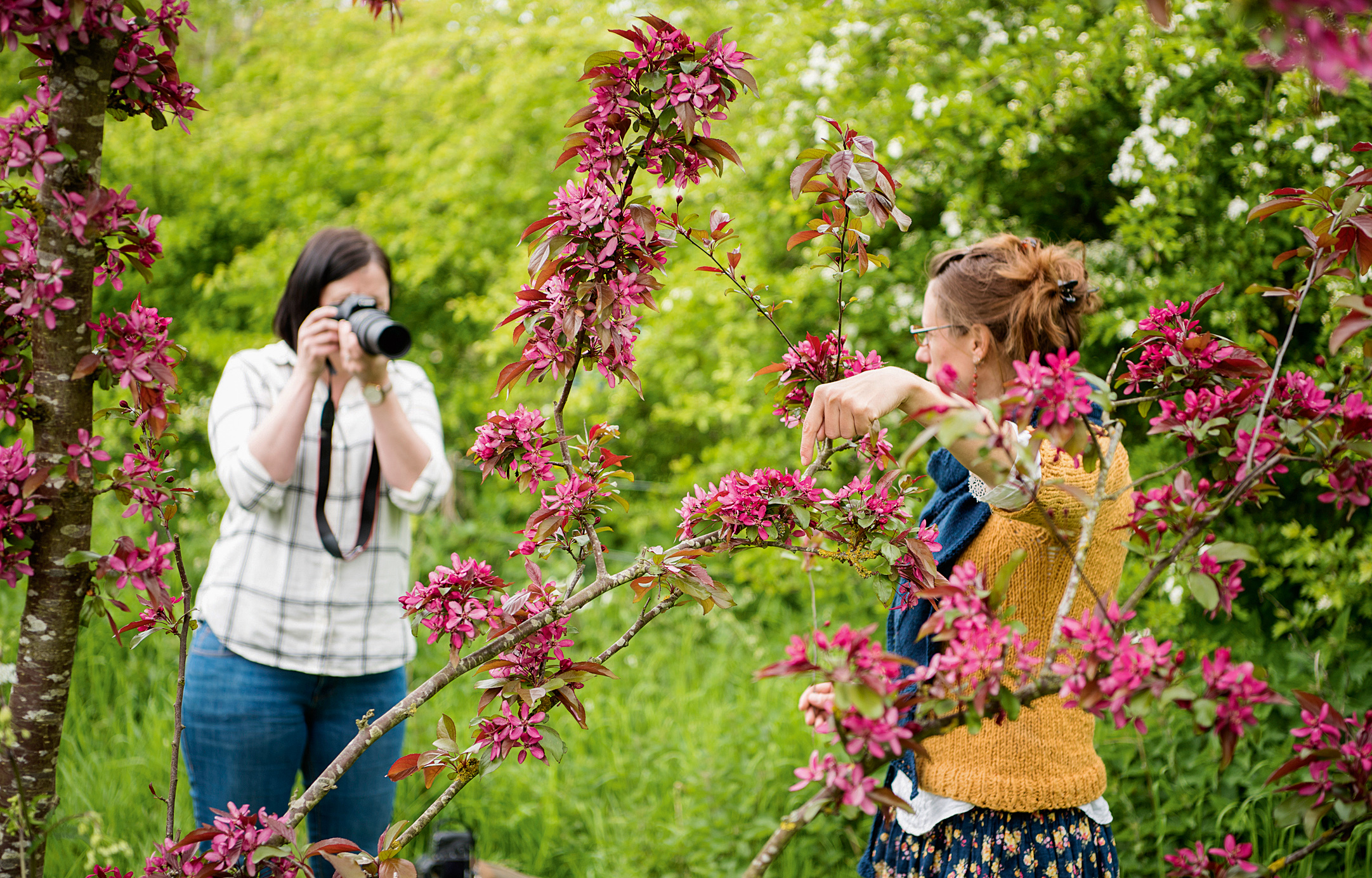
The current lockdown means that we can't visit our favorite shooting spots. But if you're lucky enough to have a garden or live in a rural area, you can take advantage of the improving weather and blooming flowers to create some fantastic floral photography at home.
Taking pictures of flowers is one of the most creative and rewarding genres of photography – and is a fantastic all-in-one workout for your camera skills. It can encompass the fundamentals of everything from still life to landscapes to portraits, so your pictures say as much about you as about your subject.
In these 14 pro tips, professional photographer and floral specialist Clare West shared some of her secrets for getting great flower shots. Whether you want to capture this year's planting, or you're trying to shoot a winning wall-worthy shot, these tips will help get you there…
• Get more Home photography ideas
01 Wear neutral colors
On a bright day, you’ll notice color casts appearing on flowers if you’re wearing particularly bright clothing. Opt for light or white garments to make sure not to pollute your scene.
02 Consider color schemes
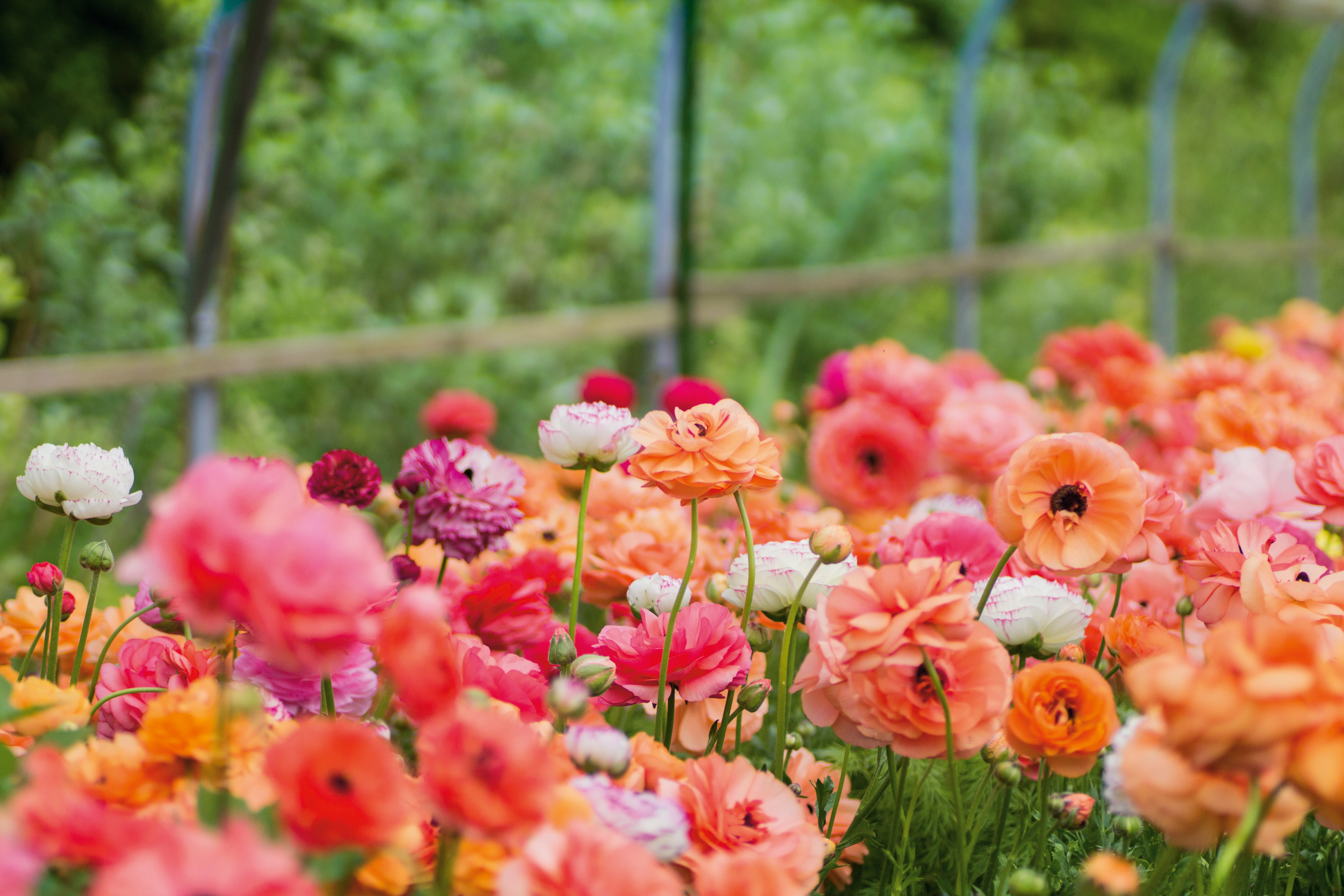
Try to include both complementary and contrasting colors when composing your shots – for example, red and pink flowers against a green background. This is both an effective tool for making your subjects stand out, and enables you to add your own creative flourish.
03 Use the viewfinder…
Working from the rear LCD is best reserved for working on a tripod – and if it’s bright or sunny, you’ll struggle to see the screen anyway! Use the viewfinder and make sure to check the corners of the frame for distracting elements or stray bits of plant.
05 … but use Live View too
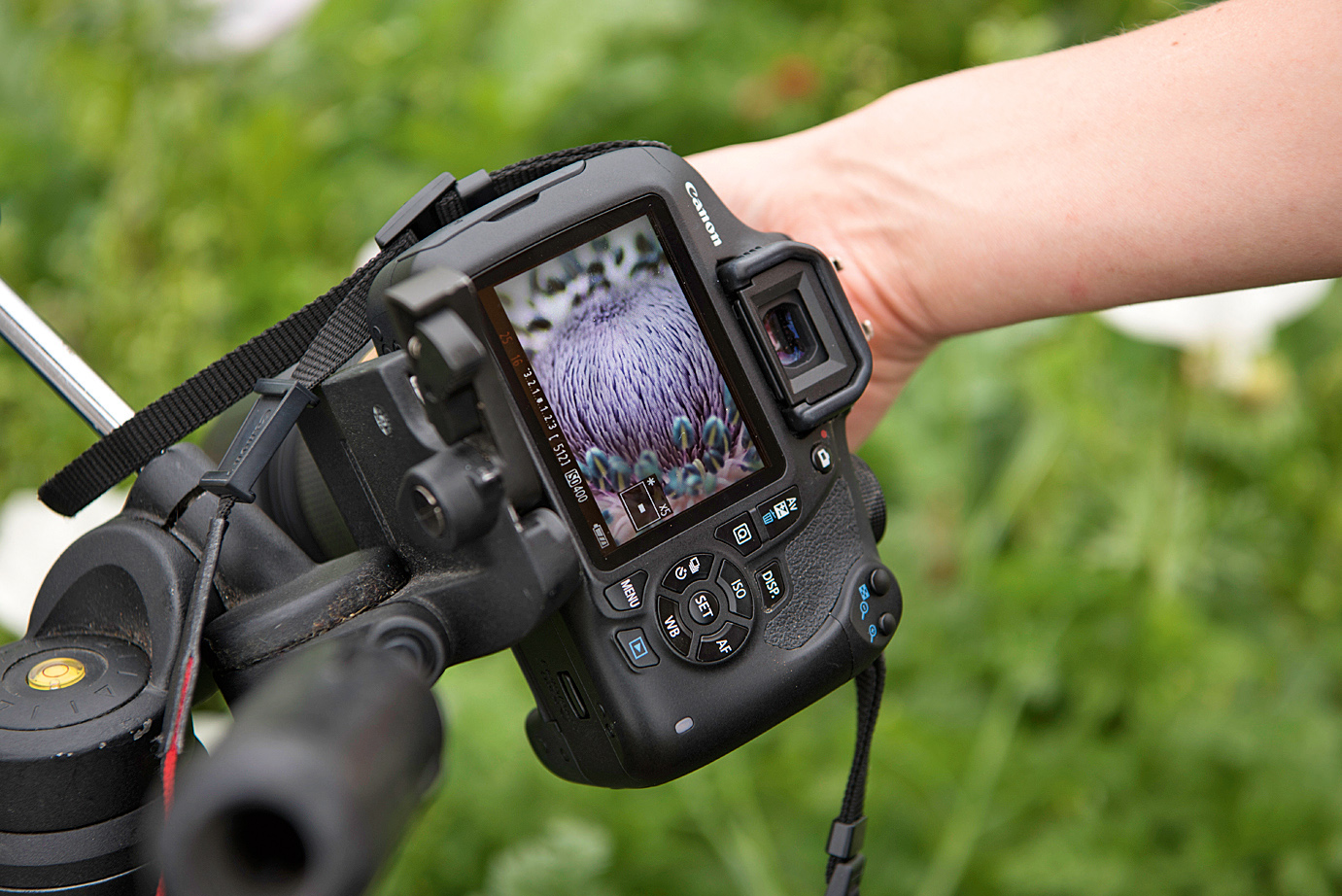
If you're using a mirrorless camera like the Canon EOS RP or Nikon Z6 then your electronic viewfinder gives you de facto Live View. However, DSLR shooters should definitely use Live View on the rear screen to zoom right into your frame and make sure that your focus is spot-on. This will particularly help with…
05 Masterful manual focus
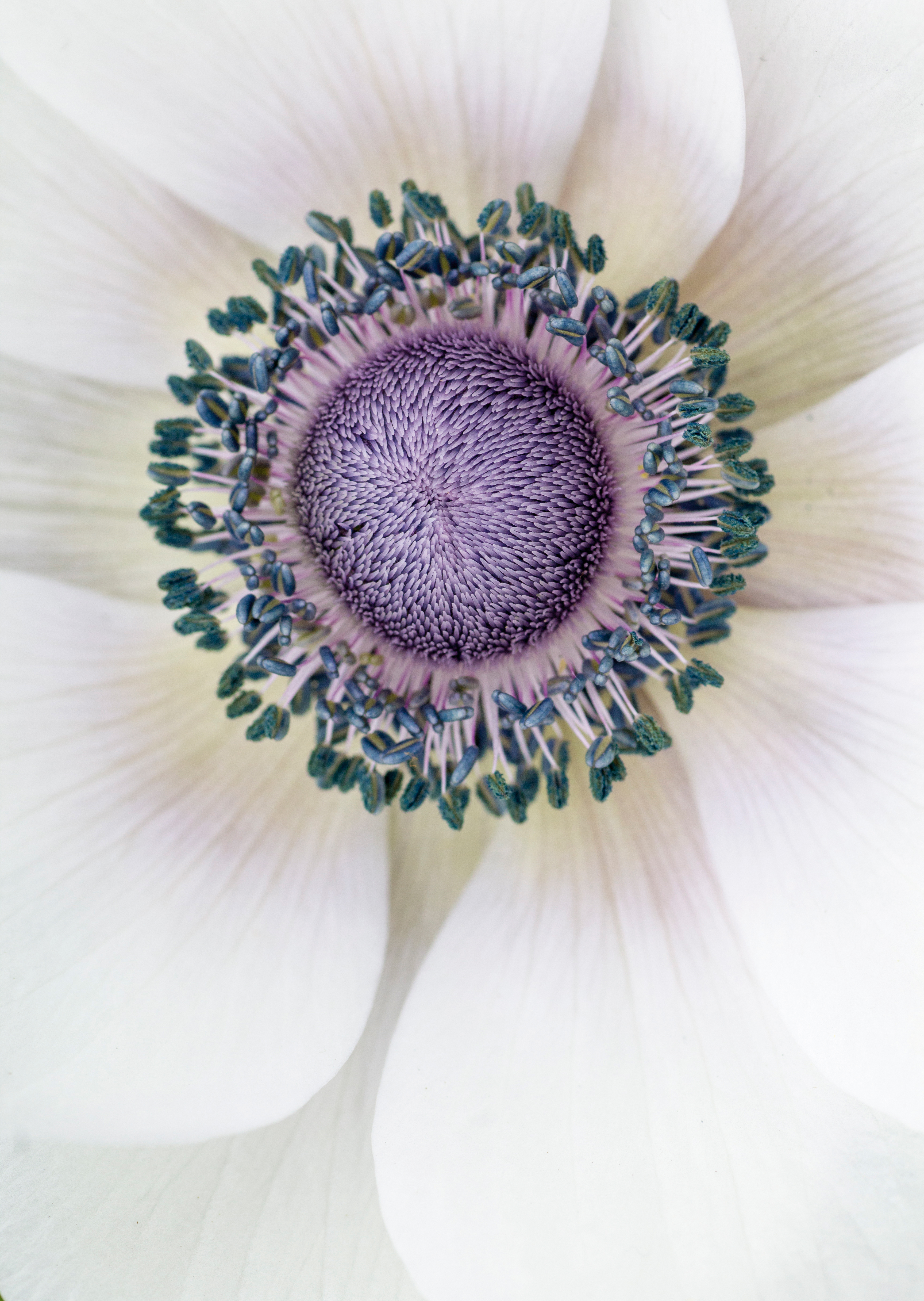
Manual focus can be daunting if you've never done it before, but offers far finer control than relying on AF alone. Focus the lens manually, then rack back and forward to subtly change the point of focus – this will enable you to pinpoint where the image snaps into sharpness. Mirrorless cameras, as well as certain DSLRs like the Canon EOS 90D, feature focus peaking that will really help you nail focus!
06 Find an angle
When you first approach a plant, don’t just shoot the first thing you see – move around it so that you can find the best angle to shoot from. You’d be amazed at what simply walking all the way around your subject will do for your composition.
07 Check your exposure
Your camera’s metering system can easily be thrown off when exposing bright flowers against a dark background. Either use a handheld incident meter or be aware that the camera meter might lie to you!
08 Compose first, tripod second
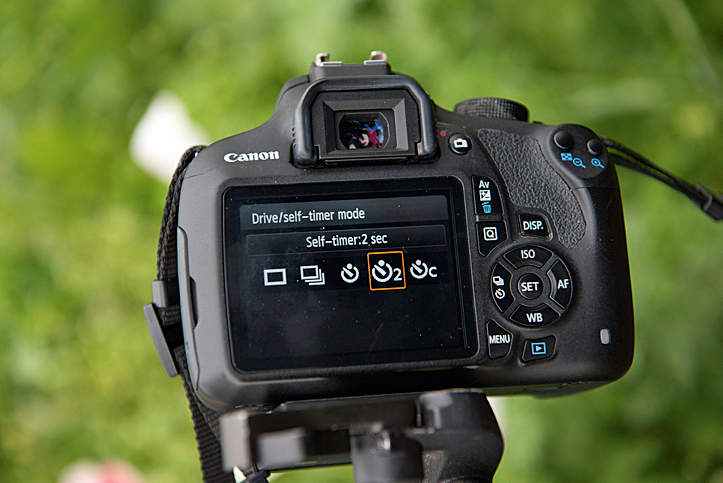
Find the composition you want by handholding the camera first, then move and place the tripod to match your vision. This process is much more freeing. And don’t forget to set your camera to a two-second timer, so that you don’t blur the image when depressing the shutter.
09 Look out for shadows
When shooting up close, be aware that you may cast your shadow over subjects. This might be intentional, of course, as creating shadow can result in much more pleasing results than trying to shoot a harshly sunlit subject – just be aware that you’ll need to allow more light onto the sensor by adjusting your exposure. Just don’t get caught out by an unwanted shadow cast by an errant camera strap!
10 Flower portraits
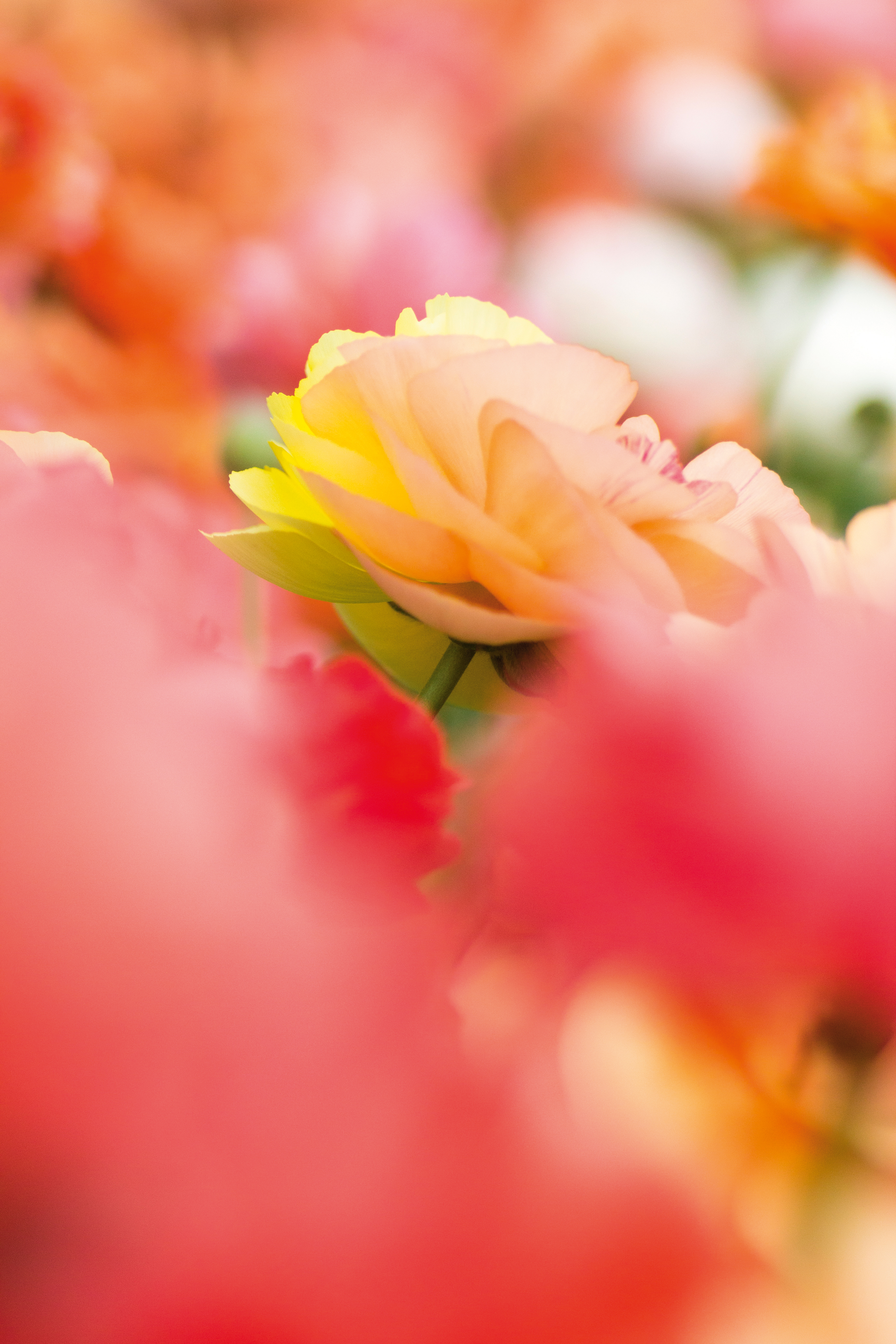
Try to find a visual pathway to your main subject by including out-of-focus flowers in the foreground. Use with a fast aperture, like f/2.8, to create artistic sharpness falloff, and use that speed and/or a longer focal length to achieve subject separation.
11 Kneepads
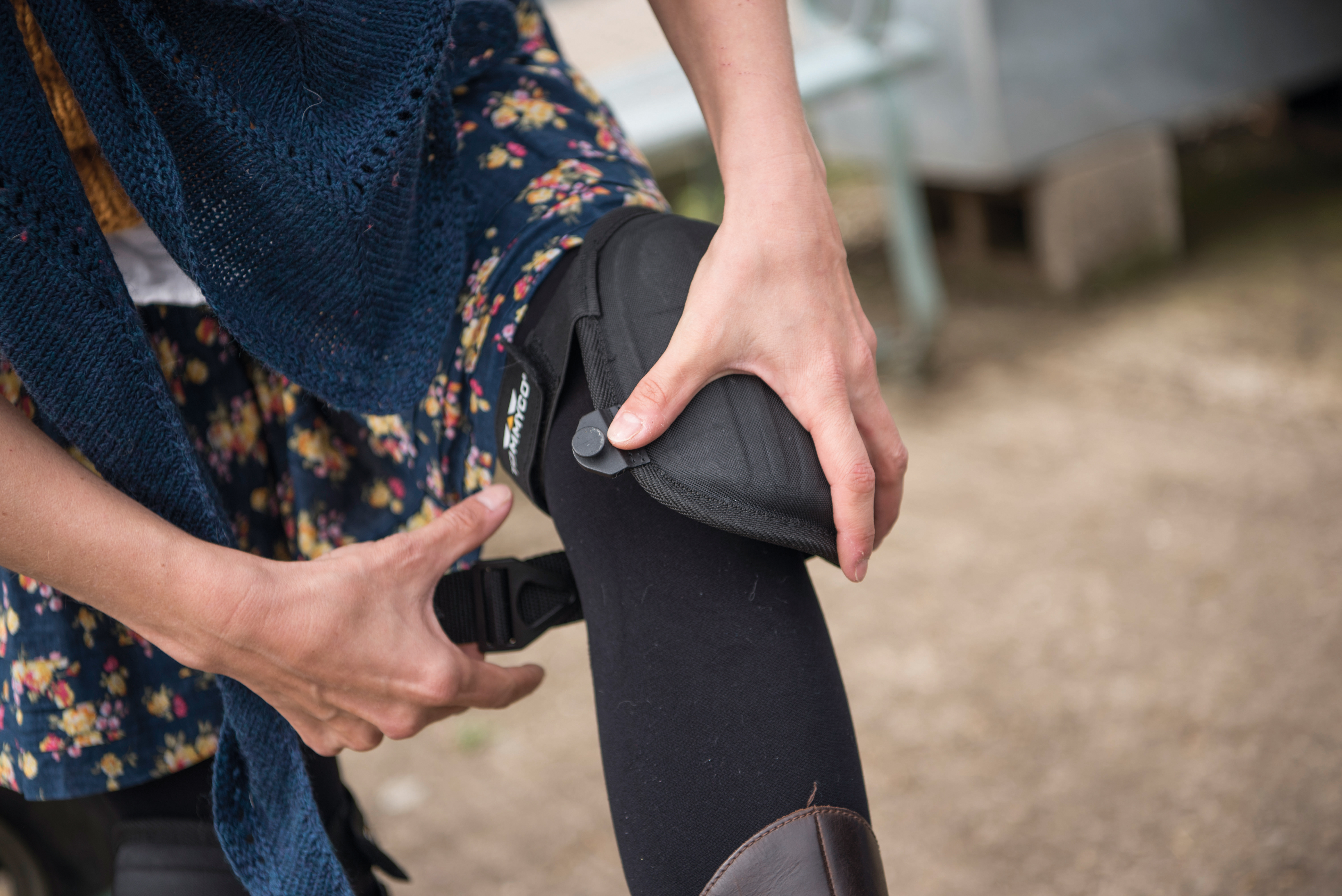
You often have to get down and (literally) dirty to reach interesting perspectives – and knee pads make that much more bearable. “I try to get down to the level of the flowers, especially with recognizable shapes, such as Tulips,” says Clare.
12 Select focus points
Don’t just leave all your focus points active, as the camera will simply focus on whatever’s closest to you; instead, select an individual point on your subject for precise results when shooting static flowers.
13 Bring a paintbrush!

“Use a paintbrush to gently brush off any debris from flowers, as otherwise this will show up when you’re shooting them so close,” Clare reveals. “You can also use a brush to even out the petals, or if you need a reference aid with manual focus.”
14 Mini reflectors

Reflectors come in very handy when you want to throw light back onto a flower and fill in shadowed areas. Mini reflectors are light to carry and can be packed away in a camera bag. The gold side produces a warming effect for flowers like red poppies, while silver or white will suit flowers with cooler tones. You can also use reflectors in their black covers as flags, to prevent light striking where you don’t want it.
Clare West: Clare is a professional wedding photographer who is passionate about flowers. She runs flower photography courses at Green and Gorgeous, a flower farm and floral design studio, and has spent many years styling shoots there.
Read more:
Home photography ideas: Use long lenses for great floral photos in your garden
The best lenses for landscapes in 2020: get ready for the great outdoors
The best macro lenses in 2020: get closer to your subjects than ever before!
Get the Digital Camera World Newsletter
The best camera deals, reviews, product advice, and unmissable photography news, direct to your inbox!
PhotoPlus: The Canon Magazine is the world’s only 100% Canon-focused title on the newsstand. Launched in 2007, for 14 years it has delivered news, reviews, buying guides, features, inspirational projects and tutorials on cameras, lenses, tripods, gimbals, filters, lighting and all manner of photography equipment.
Aimed squarely at enthusiast photographers who use the Canon DSLR or mirrorless camera systems, all content is tailored to Canon users – so everything from techniques to product tests are tailored to those using the EOS camera system.
Editor Peter Travers brings 14 years of experience as both a journalist and professional photographer, with Technique Editor Dan Mold shoring up the magazine with his 6 years of expertise.

